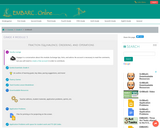
G4M5: Fraction Equivalence, Ordering, and Operations.Contains 41 Lessons.
- Subject:
- Mathematics
- Material Type:
- Module
- Provider:
- EMBARC.Online
- Date Added:
- 08/13/2019

G4M5: Fraction Equivalence, Ordering, and Operations.Contains 41 Lessons.

This unit is for an EC pull-put sixth grade math class. Students will represent the same value as a fraction, decimal, and percentage as they label each continent on a map with the percentage of the world's population in each continent, based on information from the book, "If the World Were a Village." Students will discuss the distribution of populations around the globe and how that impacts those areas of the world differently.This lesson was developed by Virginia Campbell as part of their completion of the North Carolina Global Educator Digital Badge program. This lesson plan has been vetted at the local and state level for standards alignment, Global Education focus, and content accuracy.

This unit is for an EC pull-put sixth grade math class. Students have a discussion connecting their lives to the globe. They then discuss the concept of scale as it relates to maps/globes and the book "If the World Were a Village." Finally they use a graphic organizer to predict what the book is going to tell them about the people of the world.This lesson was developed by Virginia Campbell as part of their completion of the North Carolina Global Educator Digital Badge program. This lesson plan has been vetted at the local and state level for standards alignment, Global Education focus, and content accuracy.

This unit is for an EC pull-put sixth grade math class. Students present their poster projects to the class, and then write a reflection responding to the unit.This lesson was developed by Virginia Campbell as part of their completion of the North Carolina Global Educator Digital Badge program. This lesson plan has been vetted at the local and state level for standards alignment, Global Education focus, and content accuracy.

This unit is for an EC pull-put sixth grade math class. Teacher will model how to create a pie chart using data from the book, "If the World Were a Village." Then the class will create a pie chart together as guided practice. The class will draw conclusions about peoples' different experiences and perspectives from the data in the chart. The teacher will introduce the poster project to the students, and they will select a set of data from the book to create their own pie chart with. This lesson was developed by Virginia Campbell as part of their completion of the North Carolina Global Educator Digital Badge program. This lesson plan has been vetted at the local and state level for standards alignment, Global Education focus, and content accuracy.

This unit is for an EC pull-put sixth grade math class. In this lesson students create a pie chart from their chosen set of data and work on the other elements of the poster project, including interpreting and explaining the data.This lesson was developed by Virginia Campbell as part of their completion of the North Carolina Global Educator Digital Badge program. This lesson plan has been vetted at the local and state level for standards alignment, Global Education focus, and content accuracy.
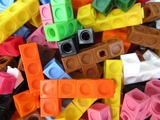
In this activity students add, subtract, and find equivalent fractions.
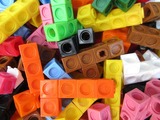
In this lesson students add fractions and decompose fractions embedded in various contexts.

In this lesson students explore equivalent fractions and joining/adding fractions.
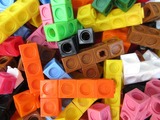
In this lesson, students are given an order for cookies with a variety of toppings. Students will add fractions to create the cookies and fulfill the order.
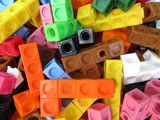
In this task, students apply their understanding of unit fractions to a real-world context by decomposing twelfths in a variety of ways.
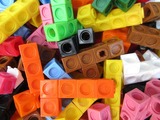
In this lesson, students compose fractions out of parts and explore the addition of fractions by creating candy bars with connecting cubes.
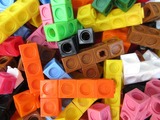
In this lesson, students explore partitioning into fractional parts by dividing sandwiches among different sized groups of students. During exploration, students consider different ways that sandwiches can be decomposed so that children in the groups have an equal amount. Students compare the amounts of sandwiches each person gets and explore equality among fractions through class discussion.
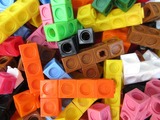
In this lesson, students will play a game to practice adding and comparing fractions.
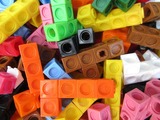
In this lesson students play a game involving the subtraction of fractions.
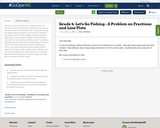
Scenario
You and a friend enter a fishing contest. You have been asked to collect worms before you can move to the next round in the fishing contest. You have heard that the longest worms are good to use for bait. According to the contest rules for the first stage, the person with the longest worm, in each pairing, will get to start fishing an hour earlier in the next round of the contest. You and your friend go home and think about the best place to find your worms. You found the best spot. After collecting your worms, you meet up with your friend to determine the length of each worm to the nearest 1/4 inch. Which one of you has the longest worm? Use a line plot to record your data. Remember: The person with the longest worm will get to continue to the next round.
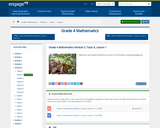
In this lesson, students will decompose fractions as a sum of unit fractions using tape diagrams.
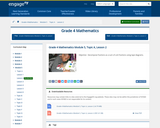
In this lesson, students will decompose fractions as a sum of unit fractions using tape diagrams.
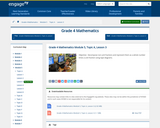
In this lesson, students will decompose non-unit fractions and represent them as a whole number times a unit fraction using tape diagrams.
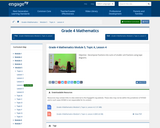
In this lesson, students will decompose fractions into sums of smaller unit fractions using tape diagrams.